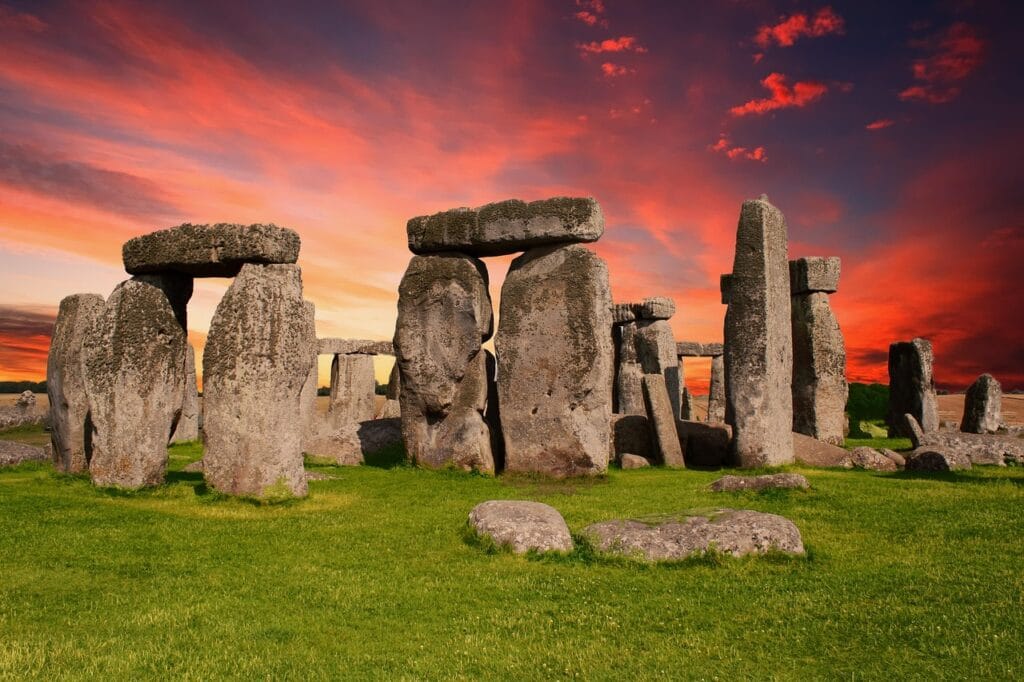June 20 marked the summer solstice, the longest day of the year for those of us in the Northern Hemisphere. While many of us simply enjoy the extra sunlight, cultures around the world have long celebrated this turning point in unique and meaningful ways.
In Sweden, Midsummer is a national favorite. Families gather in flower crowns to dance around maypoles, eat pickled herring, and stay up late under a sky that barely darkens. It’s a celebration of nature, fertility, and light.
Over in the UK, crowds gather at Stonehenge to watch the sun rise in perfect alignment with the ancient stones. Some come for the astronomy, others for the spirituality, but all come to witness a moment humans have marked for thousands of years.
In Japan, the solstice doesn’t come with massive festivals, but it’s a time when foods believed to help endure summer’s heat (like eel) are commonly eaten. It’s also a chance to appreciate the balance between light and dark.
And while we’re soaking up the sun, let’s not forget that in the Southern Hemisphere, it’s the winter solstice with short days, long nights, and a completely different seasonal rhythm. The Incan festival of Inti Raymi, celebrated in Peru, honors the sun god and the return of longer days ahead.
No matter where you are in the world, the solstice reminds us of our shared connection to the earth and how our cultures have found beautiful, diverse ways to honor its cycles.

